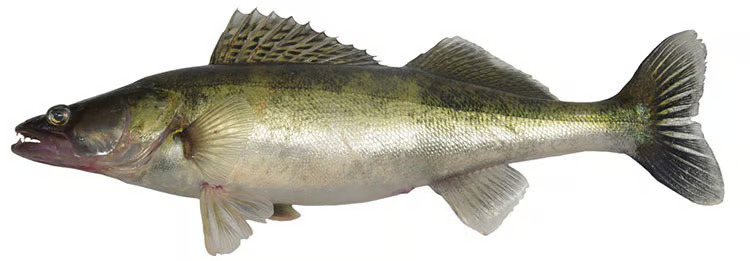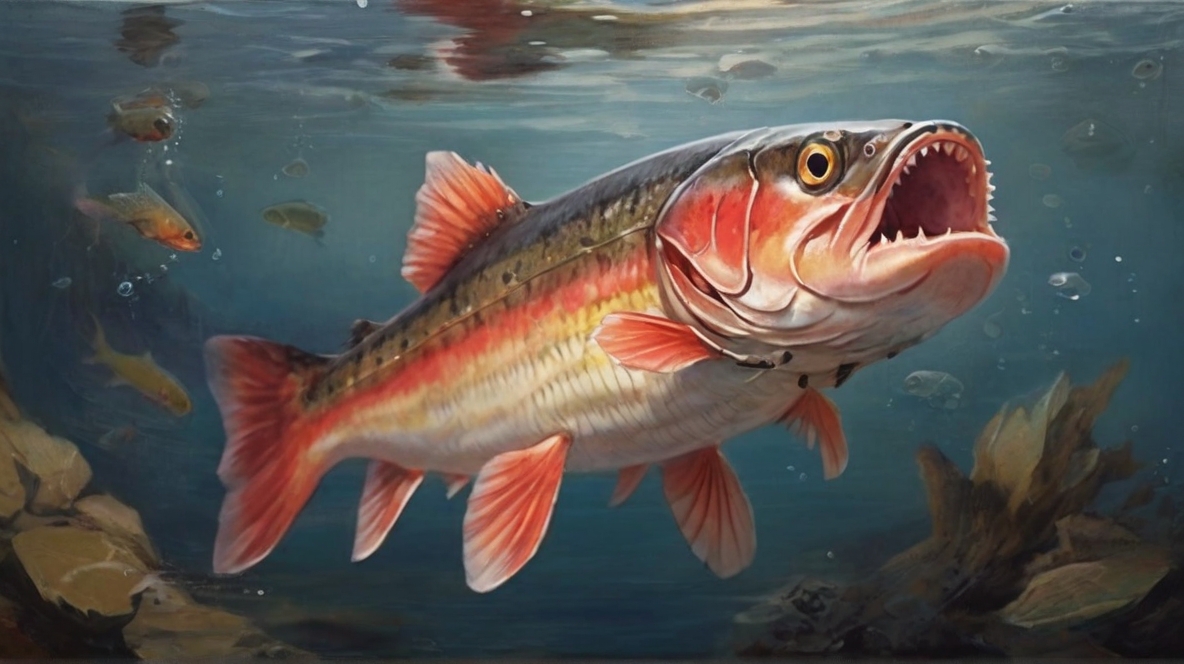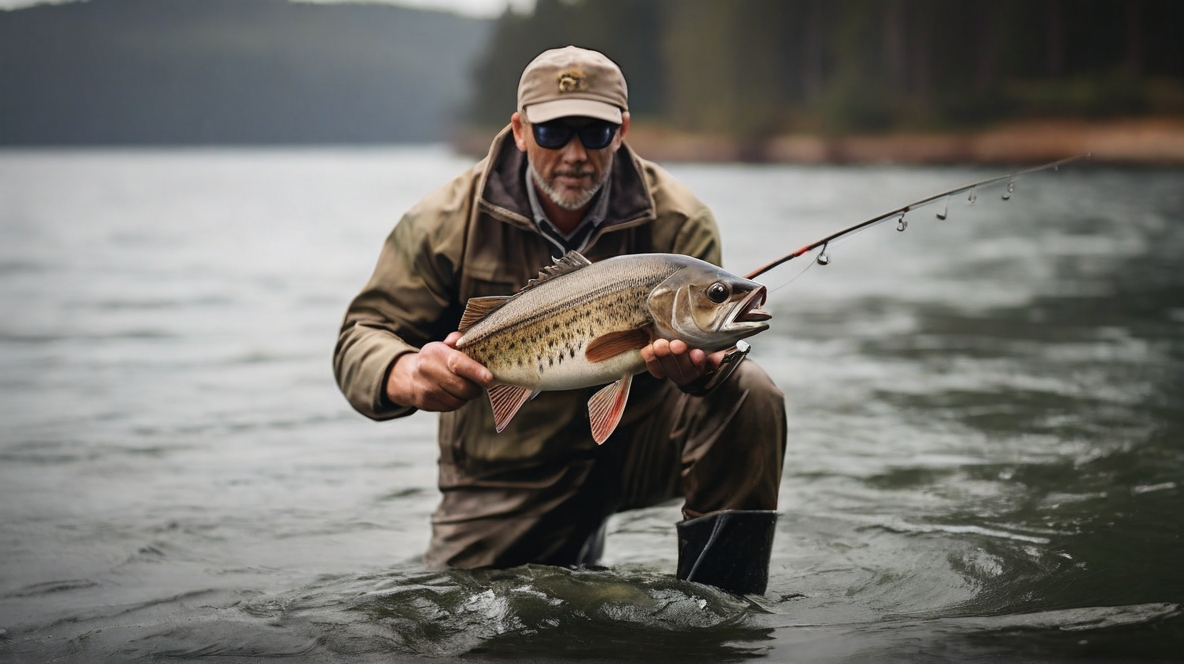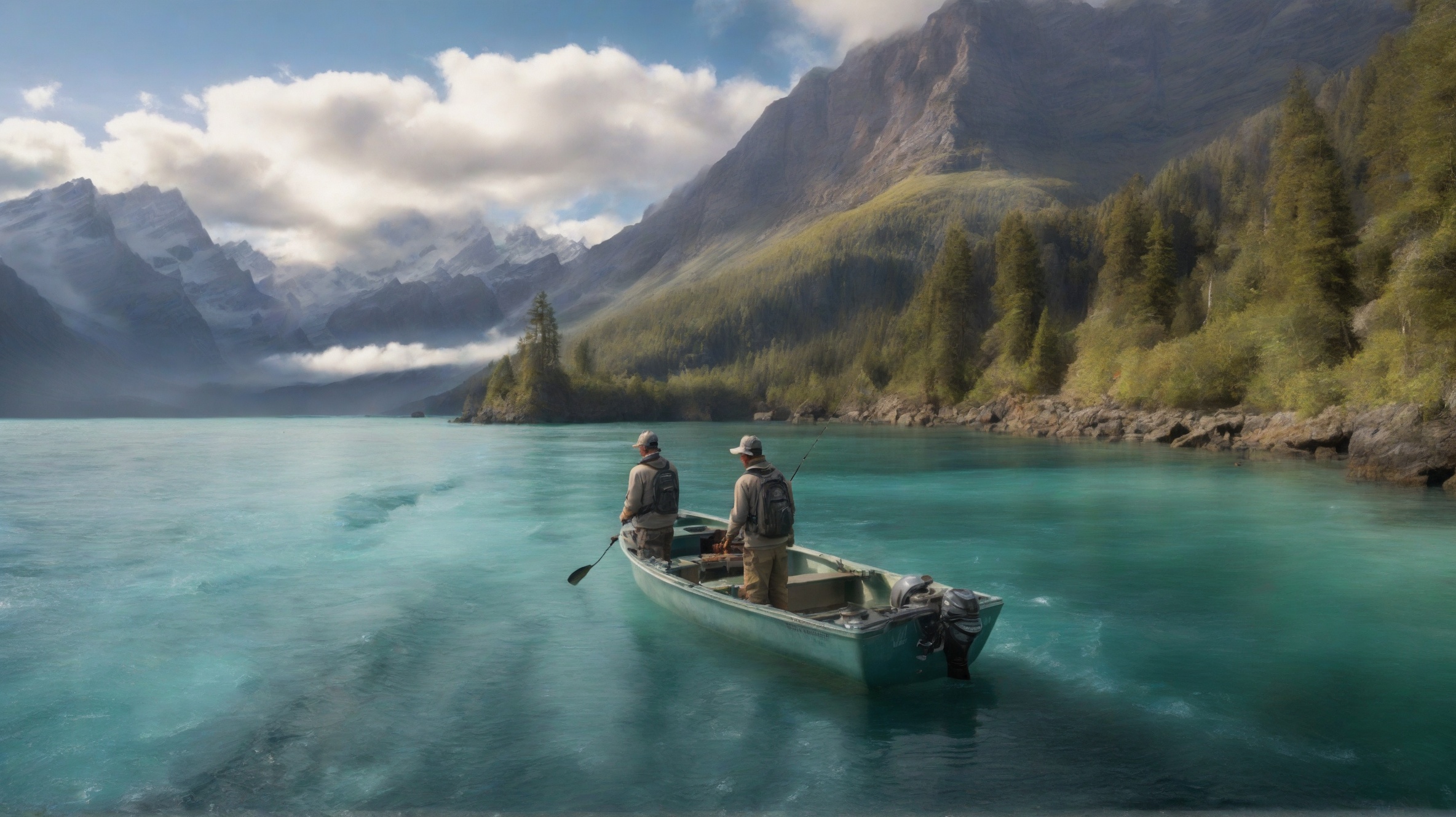5 Best Ways Catching Zander
Known for its elusive nature and powerful fights, the Zander (Sander lucioperca) is a prized catch among anglers. This predatory fish, also known as the European walleye, inhabits freshwater bodies across Europe and is renowned for its cunning behavior. If you’re eager to conquer the challenge of catching Zander, this comprehensive guide explores the five best ways to outsmart and reel in this formidable species. From choosing the right gear to mastering specialized techniques, let’s unravel the secrets of successful Zander fishing.

1. Understanding the Fish
Zander Behavior and Habitat
Before delving into specific techniques, it’s crucial to understand the behavior and habitat of Zander. These predators are often found in freshwater lakes and rivers with clear water, where they lurk near structures like submerged rocks, fallen trees, and drop-offs. Zander are known for being more active during low-light periods, making dawn and dusk prime times for successful fishing.
Zander Feeding Habits
Zander are carnivorous predators, primarily feeding on smaller fish, crustaceans, and insects. Understanding their natural prey and feeding habits is key to selecting the right lures and bait that mimic their preferred targets.
2. Selecting the Right Gear
1. Rod and Reel
Choosing the right rod and reel combination is essential for Zander fishing. Opt for a medium to medium-heavy spinning rod, typically in the 6 to 7.5 feet range. Pair it with a quality spinning reel that has a smooth drag system and is capable of handling the weight of Zander.
2. Fishing Line
Selecting the appropriate fishing line is crucial. Many anglers prefer braided lines for Zander fishing due to their sensitivity and strength. However, a fluorocarbon leader may be necessary in clear water conditions. Choose a line in the 10 to 20-pound test range, depending on the size of Zander in your target area.
3. Terminal Tackle
Zander have sharp teeth, so using a wire leader is advisable to prevent bite-offs. Terminal tackle such as jig heads, soft plastics, and crankbaits are popular choices for Zander. Experiment with different colors and sizes to determine what works best in the specific water conditions you’re fishing.
3. Effective Zander Fishing Techniques
1. Jigging
Jigging is a versatile and effective technique for Zander. Use a jig head with a soft plastic tail, and experiment with various jigging motions. Vertical jigging near structures like drop-offs and submerged rocks can entice Zander to strike.
2. Drop-Shotting
Drop-shotting is a finesse technique that works well for Zander, especially in clear water conditions. Rig a drop-shot with a small hook and soft plastic bait, and cast it near structures where Zander are likely to be hiding. The subtle movements of the bait can trigger bites from cautious Zander.
3. Crankbait Fishing
Crankbaits are excellent lures for covering water and attracting Zander from a distance. Choose crankbaits that mimic the size and color of Zander’s natural prey. Retrieve the crankbait at different speeds to find the optimal presentation.
4. Live Bait Fishing
Live bait, such as small fish or large minnows, can be highly effective for Zander. Use a live bait rig with a treble hook, and allow the bait to swim naturally. Fishing live bait near structures or drop-offs can attract the attention of hungry Zander.
5. Night Fishing with Artificial Lights
Zander are known to be more active during the night, especially in warmer months. Fishing with artificial lights, such as submersible fishing lights, can attract prey fish and, in turn, draw in Zander. Combine this with techniques like jigging or using live bait for a successful night fishing experience.
4. Best Locations for Success
1. Lakes with Clear Water
Zander thrive in lakes with clear water, where their keen sense of sight can be fully utilized. Look for lakes with a variety of structures, such as rocky shorelines, submerged vegetation, and drop-offs.
2. Rivers and Reservoirs
Zander are also commonly found in rivers and reservoirs. Focus on areas with slow currents, eddies, and structures like bridge pilings or submerged trees. Zander often hide in these locations, waiting for prey to pass by.
3. Transition Zones
Transition zones, where one type of structure transitions into another, are productive areas for Zander fishing. Examples include the edge of a weed bed, the drop-off from shallow to deep water, or the junction of a rocky shoreline with a sandy bottom.
5. Tips for Success and Conservation
1. Practice Catch and Release
Zander are a valuable species, and practicing catch and release can contribute to their conservation. If you choose to keep some for consumption, adhere to local regulations regarding size limits and catch quotas.
2. Use Proper Handling Techniques
Zander have delicate mouths, and proper handling is essential to ensure their well-being. Use needle-nose pliers to carefully remove hooks, and avoid excessive handling to reduce stress on the fish.
3. Be Mindful of Seasons and Regulations
Different seasons can affect Zander behavior, and understanding these patterns is crucial. Additionally, be aware of local fishing regulations and adhere to catch limits, size restrictions, and any seasonal closures to promote sustainable angling.
4. Pay Attention to Water Temperature
Water temperature plays a significant role in Zander activity. As a general rule, they tend to be more active in cooler water. During warmer months, focus on fishing during low-light periods, such as early morning or late evening.
5. Experiment and Stay Patient
Zander can be selective, and success often requires experimentation with different techniques, lures, and locations. Stay patient, observe the water, and be willing to adapt your approach based on the behavior of the fish.
6. Mastering the Art of the Spining Fishing
You can check this article for some great spinning tips.
Conclusion: Mastering the Zander Pursuit
Catching Zander is a pursuit that combines skill, strategy, and an understanding of the fish’s behavior. Armed with the right gear, effective techniques, and a respect for the environment, anglers can embark on a thrilling adventure in pursuit of this elusive species.
As you venture into Zander fishing, remember that each outing is an opportunity to learn and refine your skills. Whether you prefer the finesse of jigging, the excitement of crankbait fishing, or the patience of live bait presentations, the world of Zander fishing offers a diverse array of experiences for anglers of all levels.
So, gear up, choose your favorite technique, and explore the waters where Zander roam. May your lines be tight, and your nets be filled with the rewarding catch of the Zander, a true trophy in the world of freshwater angling! Happy fishing!









